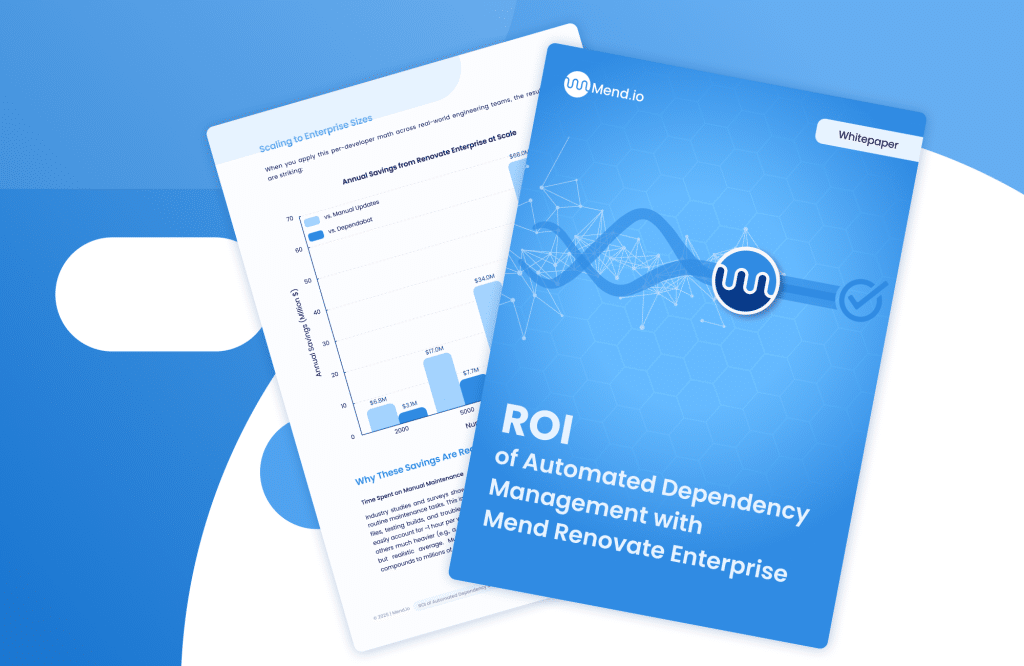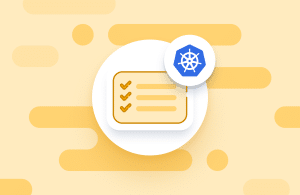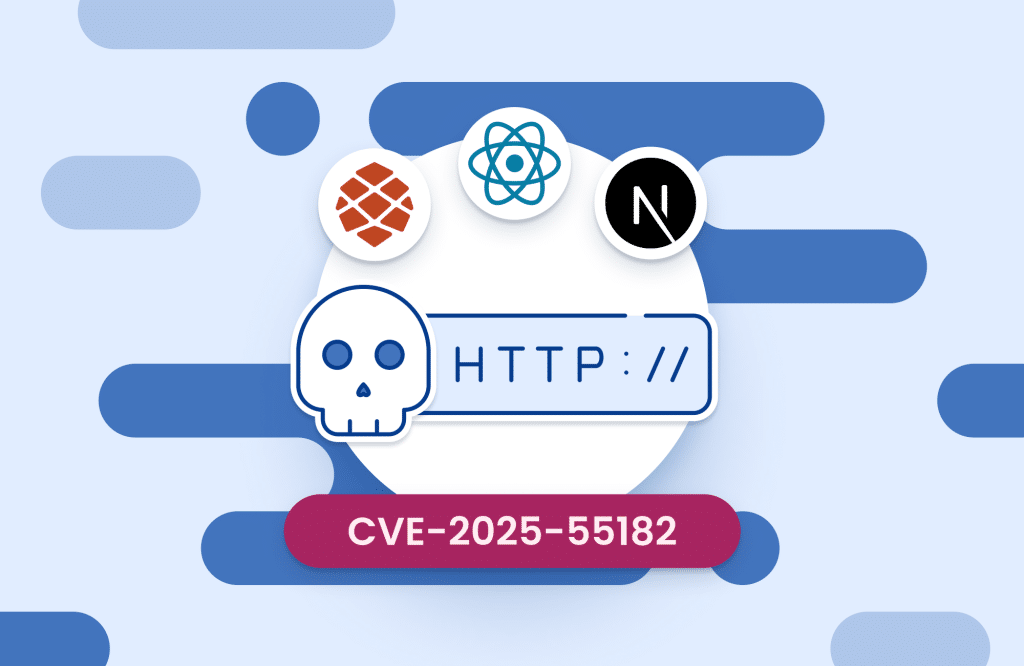Table of contents
Docker Image Security Scanning: What It Can and Can’t Do

Docker image security scanning should be a core part of your Docker container security strategy. Although image scanning won’t protect you from all possible container vulnerability scenarios, it remains the primary defense against insecure or outdated code within container images. It’s therefore a foundational part of overall Docker security. When integrated with continuous Container Security Scanning and orchestration controls like kubernetes security, image scanning becomes a key part of a layered container protection strategy.
In this article, we explain how Docker image security scanning works, why it’s important and what its limitations are. This blog post is part of a series about container security.
What is a Docker image security scan?
Docker images
To understand Docker image security scanning, you first have to understand Docker images — the foundation of every container scan and runtime environment. In Docker, a container image is a file that defines which data and processes should exist inside a particular container when it starts. In other words, it’s a blueprint for the specific application or service that runs inside a given container.
To create a Docker image, you first create a Dockerfile, which is a plain-text file that defines what should be included in a container image. Typically, your Dockerfile will take a Docker base image, which in most cases is some version of a Linux distribution. The Dockerfile will then modify the base image in some way, such as by adding packages or defining new processes. Maintaining a clean, well-audited base image is one of the simplest container security best practices you can follow.
Once you have a complete Dockerfile, you can turn it into an image using the Docker build command. You can then upload the image to a container registry, which stores and distributes container images for deployment. Many organizations combine this process with automated docker image security validation to ensure only trusted images are used.
Docker image scans
Docker image security scanning is a process for identifying docker container vulnerabilities and insecure packages within your image files before they reach production.
Typically, image scanning works by parsing through the dependencies defined in an image and comparing them against public vulnerability databases. Combined with update Docker images workflows, this helps teams keep containers patched and compliant. For example, your image might be built with a Dockerfile that includes a stanza such as the following:
RUN yum install -y https://repo.mysql.com/mysql-community-minimal-release-el7.rpm https://repo.mysql.com/mysql-community-release-el7.rpm
This line, which is part of one of the official MySQL Dockerfiles, specifies that containers that are run based on your image should download and install the package mysql-community-release-el7.rpm from the specified URL. (In this specific case, the container uses yum to install the package; if you were working with a Debian-derived base image, you’d likely use apt to install packages. It’s possible to install packages directly from a tarball, too, if you wanted.)
If there were a known vulnerability either in that specific version of MySQL, or in the RPM file used to install it, your Docker image security scanning tool should alert you to that vulnerability. (To be clear, there is no known vulnerability in this version of MySQL at the time of writing; we’re simply using this as an example.) With that knowledge, you’ll be able to update your Docker image to use a secure version of MySQL. When combined with orchestration-level kubernetes security best practices, image scanning can prevent untrusted containers from ever being deployed.
Docker image scanning tools
To perform a Docker image security scan, you need specialized container security tools. Some container registries, such as Docker Hub and Quay, offer built-in scanners that analyze all stored images for vulnerabilities.
Other tools, including Anchore and Clair, can scan standalone images outside a registry. These scanners complement container security best practices by providing deeper analysis before containers are deployed.
What Docker image security scanning won’t do
While Docker image security scanning is one critical way to find security flaws that could lead to a breach within a containerized application, it’s important to note that security scanning by no means provides full security coverage. There are several potential security problems that Docker security image scanning won’t help you find, including:
Security problems in your container environment or orchestrator configuration
Docker image scanning will not identify runtime configuration risks, such as containers running as root or insecure orchestrator settings. Issues like these require separate enforcement mechanisms like kubernetes security best practices and runtime controls. You need to use other tools (such as Kubernetes pod security policies) to help protect against these environment-level threats.
Insecure shared resources
Shared resources such as storage volumes and network layers can also introduce risk. Protecting them requires broader microservices security design, not just static image analysis. Docker security image scanning won’t find these problems, because they exist outside container images.
Unknown security vulnerabilities
In most cases, image scanners check public CVE databases to detect flaws in packages. However, this doesn’t account for zero-days or untracked issues — a limitation that more advanced Container Security Scanning platforms aim to close. Obviously, this won’t help you if you use a package that has a security flaw that has not been publicly disclosed. For this reason, you can’t assume that your packages are safe just because your Docker security image scanner deems them to be so.
Vulnerabilities not evident from a package name
As we’ve noted above, Docker image security scanning works by checking to see whether specific packages that are included in a Docker image have known vulnerabilities. This strategy works well for finding many types of vulnerabilities.
However, a big limitation is that image scanners will not be able to find all potential problems in Docker images which include packages that are not publicly monitored for security vulnerabilities. For example, if you take an open source software package, customize it, rebuild it into a new package, and include that new, custom package in your Docker image, your image scanner will not be able to detect all potential problems in it, because the version of the package that you are using is different from the version tracked in public vulnerability databases.
Similarly, if you include open source code in a container by importing it as a tarball instead of using a package from a public repository, your image scanner probably won’t be able to scan that code, because it won’t recognize it as being part of a known package.
For protection in these cases, tools like Mend’s SCA and container scan capabilities can trace open-source origins and detect hidden dependencies — even when code is manually imported or rebuilt into custom packages.
Conclusion
Docker image security scanning should certainly not be the only part of your container security strategy, but it’s a crucial layer for early risk detection and compliance. Partnered with other security tools that can help you to monitor your container environment and orchestrator, as well as detect security problems in open source code included in a containerized application in ways that image scanners can’t track, image scanning is a foundational part of container security.
When combined with Docker container security, kubernetes security, and continuous docker image security validation, image scanning forms the foundation of an adaptive, modern container defense program.












